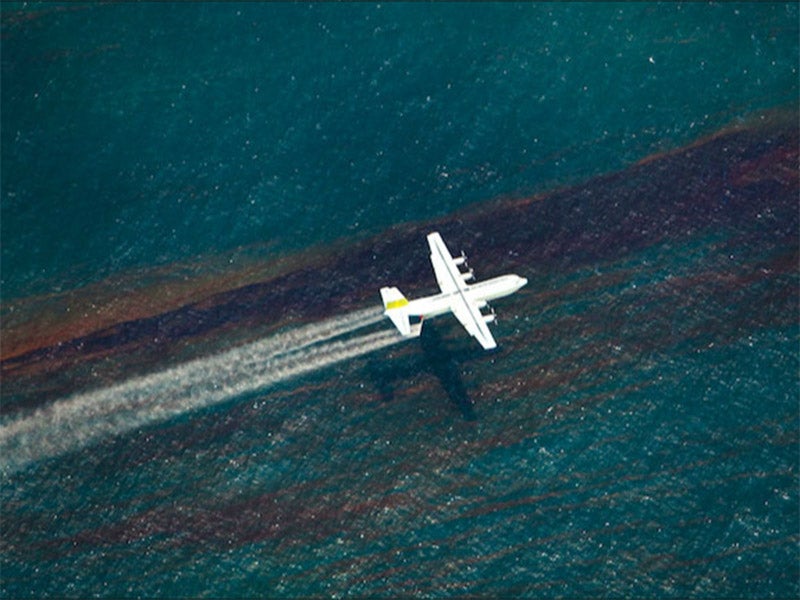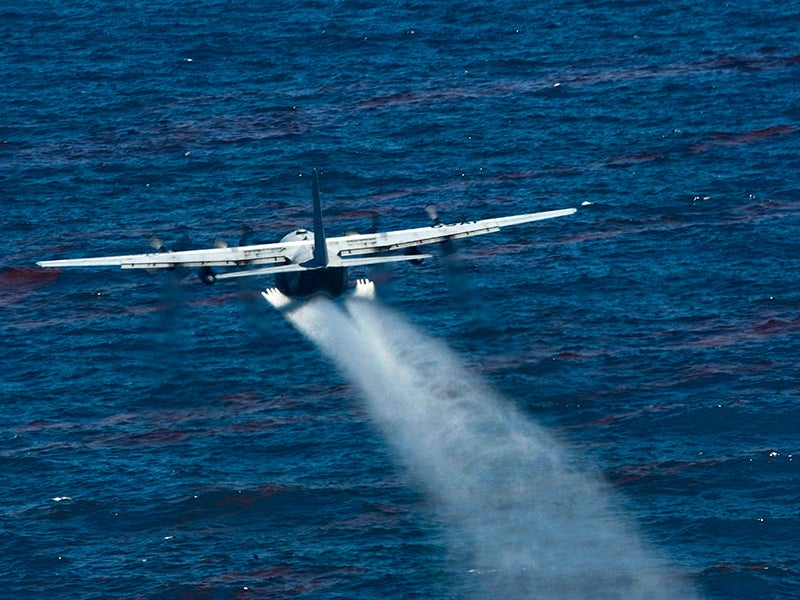Chemical Oil Dispersants & the Clean Water Act
Approximately 1.84 million gallons of dispersants were applied in the Gulf despite widespread recognition that little was known about the health and environmental effects of applying such massive quantities of dispersants, and applying them beneath the ocean's surface.
Case Overview
The Clean Water Act requires EPA to identify the waters in which dispersants and other spill mitigating devices and substances may be used, and what quantities can be used safely in the identified waters, as part of EPA’s responsibilities for preparing and publishing the National Contingency Plan. The Plan governs responses to discharges of oil and hazardous substances. But the use of toxic dispersants in response to the Gulf oil disaster was implemented without prior understanding of the effect on the Gulf of Mexico marine ecosystems and human health. Conservation, wildlife and public health groups, represented by Earthjustice, claim that EPA’s current rules do not follow Clean Water Act guidelines, and as a result they are taking action to force EPA to carry out its legal responsibility.
EPA’s failure to have sufficient dispersant rules in place was one of the many causes of the confusion, concern, and uncertainty surrounding the response to the 2010 Deepwater Horizon well blowout in the Gulf of Mexico. Approximately 1.84 million gallons of dispersants were applied in the Gulf despite widespread recognition that little was known about the health and environmental effects of applying such massive quantities of dispersants, and applying them beneath the ocean’s surface.
As the federal government and BP waffled on dispersant use in the middle of the crisis, it became apparent how little testing and study had been done beforehand. Even then-EPA Administrator Lisa Jackson readily acknowledged the agency’s lack of knowledge about the dispersants that were being applied. The result was a poorly planned, haphazard response, the effects of which will be felt for years to come. A peer-reviewed study found that the use of dispersants may have wreaked significant and ongoing damage on the Gulf of Mexico food chain.

Case Updates
Case page created on August 6, 2012.

